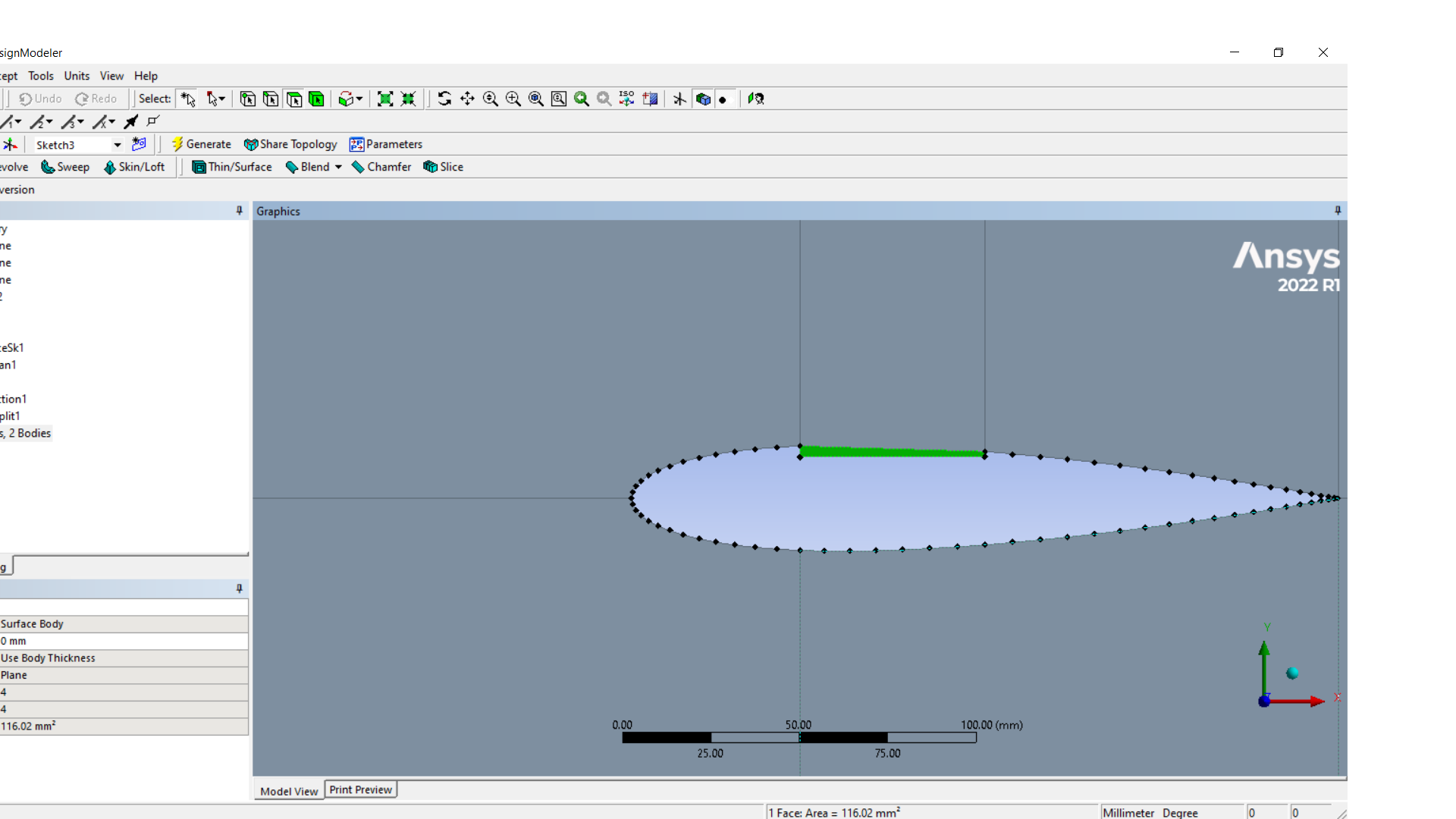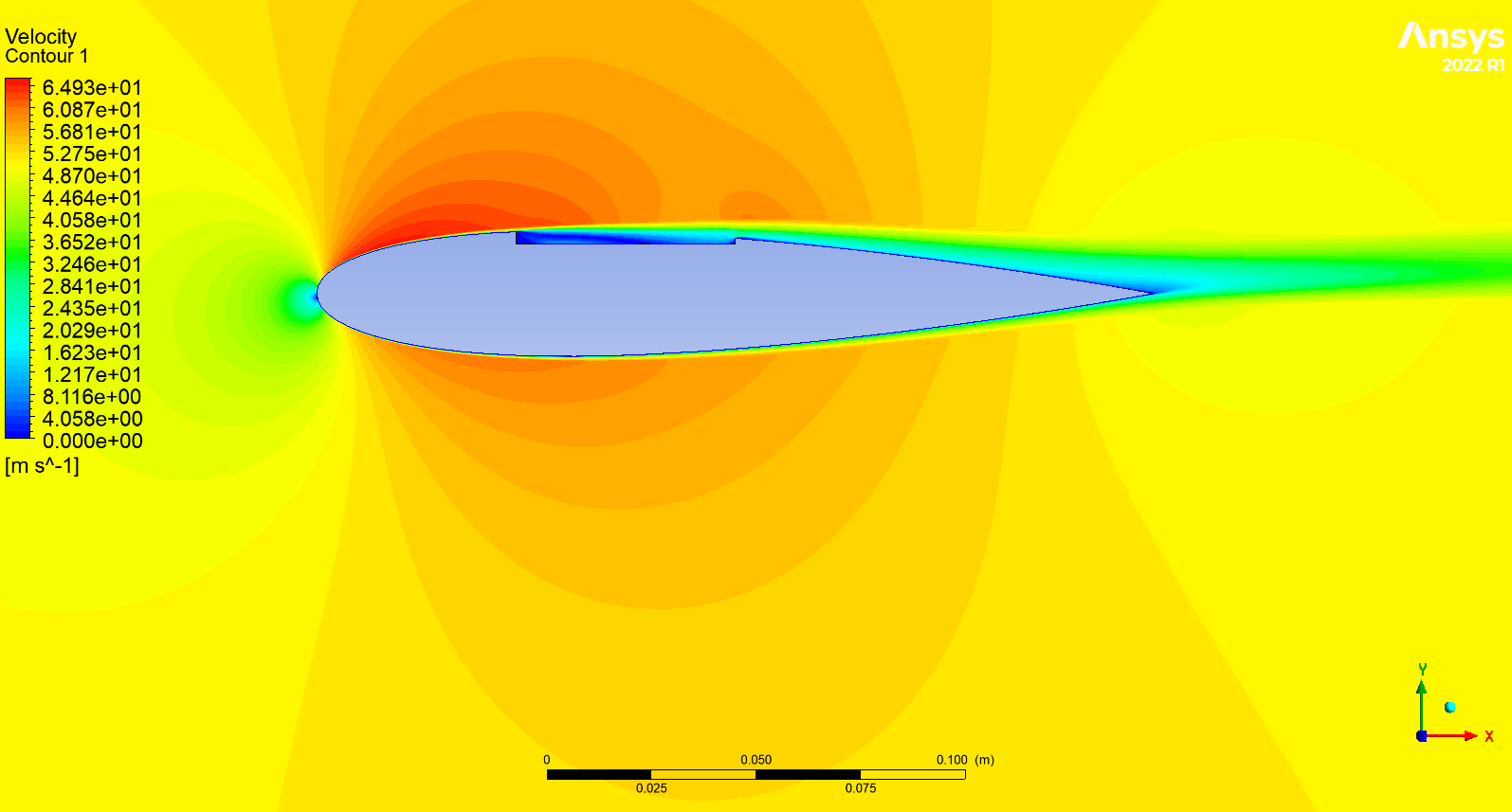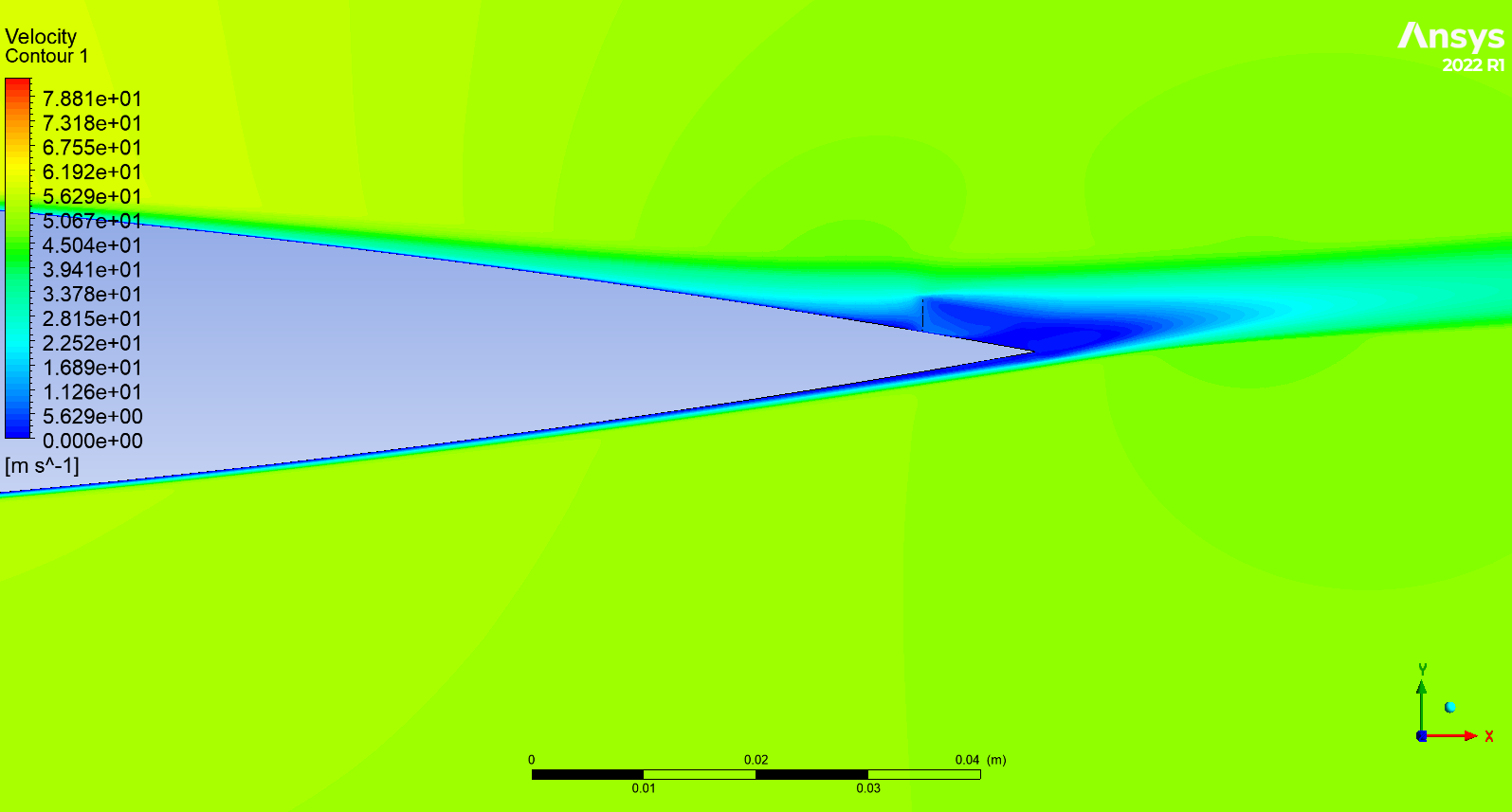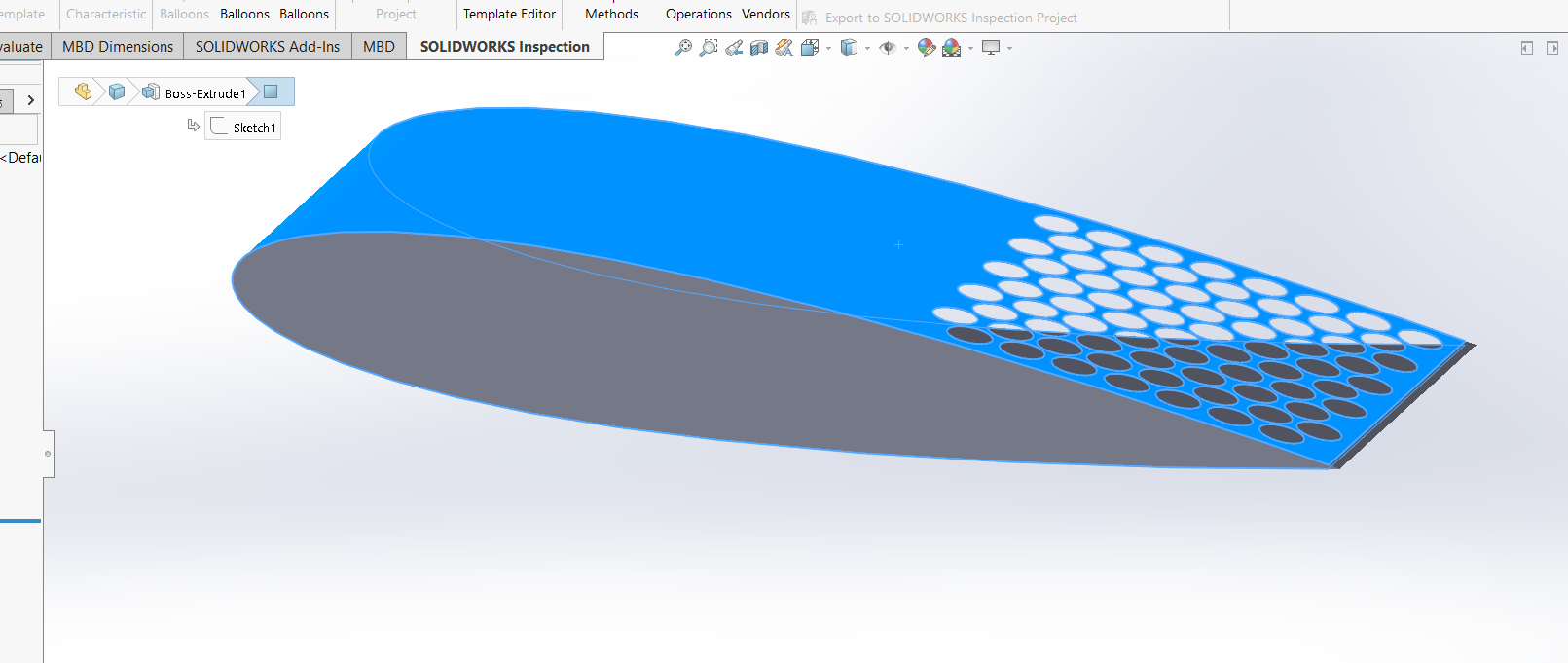-
-
April 28, 2022 at 1:43 pm
arz25
SubscriberHello to all. I'm a simple user at Ensys. I wanted to simulate a two-dimensional rotating airfoil with some parts porous for my dissertation at the end of the year. I had a few questions in this regard to draw geometry, should I use pressure jump or use a porous medium? Or use the perforated wall boundary condition? My goal is to reduce the drag coefficient. Should I consider two different zones? How do I make geometry? Thank yo
April 28, 2022 at 2:05 pmRob
Forum ModeratorYou may want to add some images. The options you suggest should all work, so it's now a case of understanding and choosing the best one.
April 28, 2022 at 2:34 pmApril 28, 2022 at 2:38 pmRob
Forum ModeratorIn with the text please, staff are not permitted to open attachments.
April 28, 2022 at 2:56 pmarz25
SubscriberThese photos are for static mode, to which the rotation has not been added yet.I used two methods, one of which was to separate the mesh in the cavity on the airfoil using the separation command and create a pressure jump condition on it.In the next case, I separated the end part from the mesh and applied the pressure jump condition.
How can I create two zones, one for fluid and the other for porous media in the steup fluent?
Do I have to activate the rotation condition for two zones to rotate the airfoil? I want the porous zone to be next to the fluid zone. Do I have to use the interface for the common boundary between the fluid and the porous medium?
April 28, 2022 at 3:01 pmarz25
SubscriberSorry I did not know that.
In the next comment, I provided the explanation
April 28, 2022 at 3:10 pmarz25
Subscriber

 These photos are for static mode, to which the rotation has not been added yet.I used two methods, one of which was to separate the mesh in the cavity on the airfoil using the separation command and create a pressure jump condition on it.In the next case, I separated the end part from the mesh and applied the pressure jump condition.
These photos are for static mode, to which the rotation has not been added yet.I used two methods, one of which was to separate the mesh in the cavity on the airfoil using the separation command and create a pressure jump condition on it.In the next case, I separated the end part from the mesh and applied the pressure jump condition.
How can I create two zones, one for fluid and the other for porous media in the steup fluent?
Do I have to activate the rotation condition for two zones to rotate the airfoil? I want the porous zone to be next to the fluid zone. Do I have to use the interface for the common boundary between the fluid and the porous medium?
April 28, 2022 at 4:14 pmRob
Forum ModeratorIf you want a separate zone (finite thickness) then use porous media, for a perforated plate (like a flap or the old air brakes on dive bombers) then porous jump may be more suitable.
To create separate zones in split the volume (or surface), then put the two bodies into a single part. Label the main region as "fluid" and the other region as "fluid-porous": "fred" and "ginger" also work as labels but aren't as useful.....
Which bit is rotating and in what direction?
April 29, 2022 at 6:45 amarz25
SubscriberThank you for your quick and complete replay.
I drew this shape to better understand and clarify the issue.
The axis of rotation is z
And I will use the SMM method for simulation.
The question for me is which method to use for solve Use pressure jump Or use a porous area?
And that if I use a pressure jump, I split the solid body of the airfoil and create a pressure jump in that area?

April 29, 2022 at 9:25 amarz25
SubscriberIn the previous comment, I forgot to mention that the simulation is to be done in two dimensions
April 29, 2022 at 4:25 pmRob
Forum ModeratorAssuming z is along the wing "axis" ie is into the page then I'd use sliding or deforming mesh depending on what you're after. With the holes in the image, you need to be careful with the 2d assumption, but you also need to decide what's underneath the holes. Ie does that section cover a cut out? If so, you need that in the model too: we're modelling all of the fluid zone(s).
Viewing 10 reply threads- The topic ‘porous airfoil’ is closed to new replies.
Innovation SpaceTrending discussionsTop Contributors-
4693
-
1565
-
1386
-
1242
-
1021
Top Rated Tags© 2025 Copyright ANSYS, Inc. All rights reserved.
Ansys does not support the usage of unauthorized Ansys software. Please visit www.ansys.com to obtain an official distribution.
-


Ansys Assistant

Welcome to Ansys Assistant!
An AI-based virtual assistant for active Ansys Academic Customers. Please login using your university issued email address.
Hey there, you are quite inquisitive! You have hit your hourly question limit. Please retry after '10' minutes. For questions, please reach out to ansyslearn@ansys.com.
RETRY








